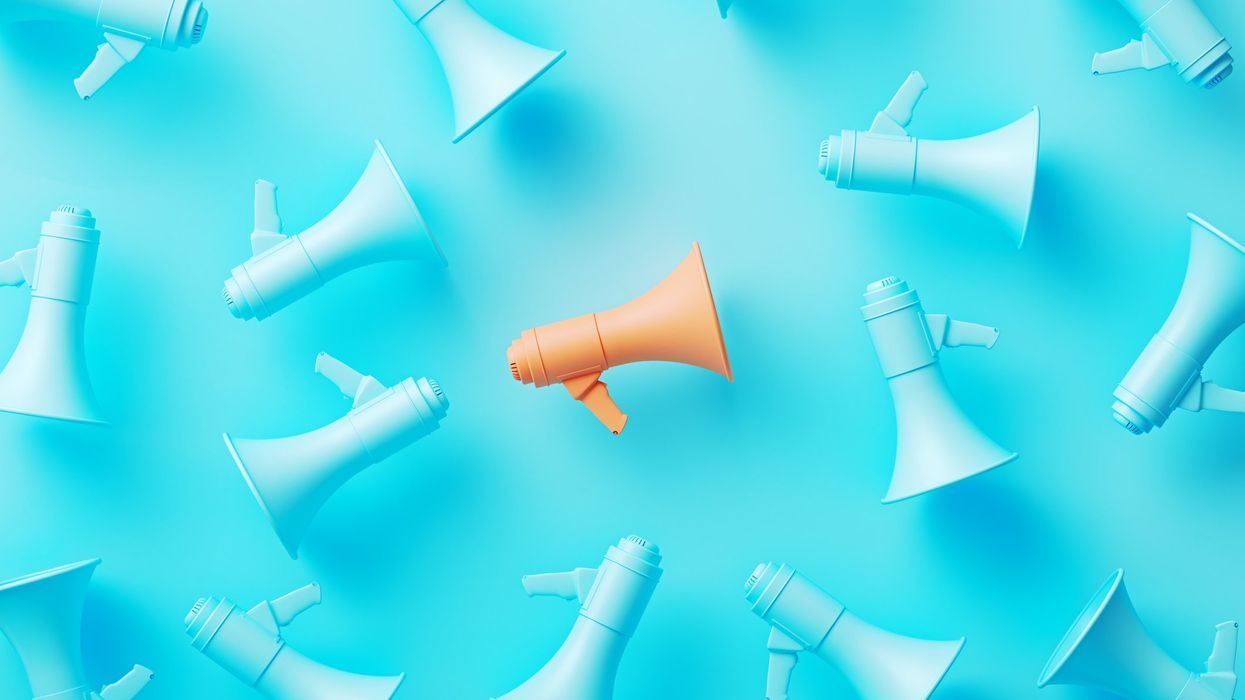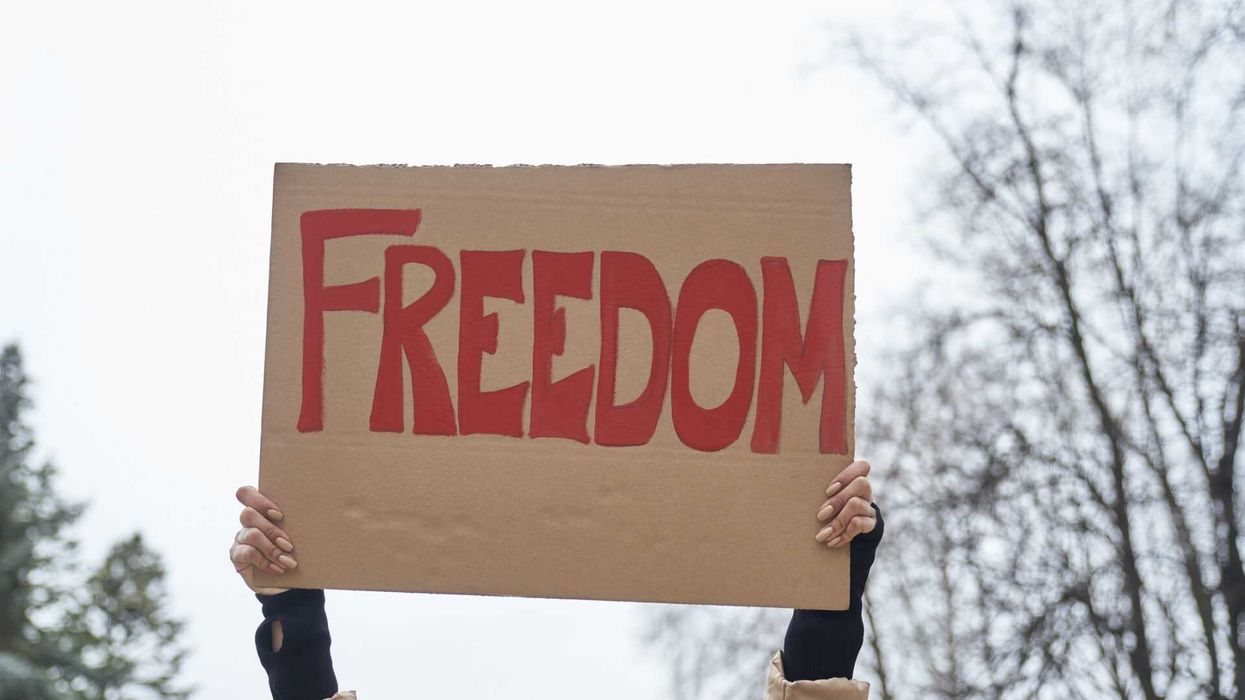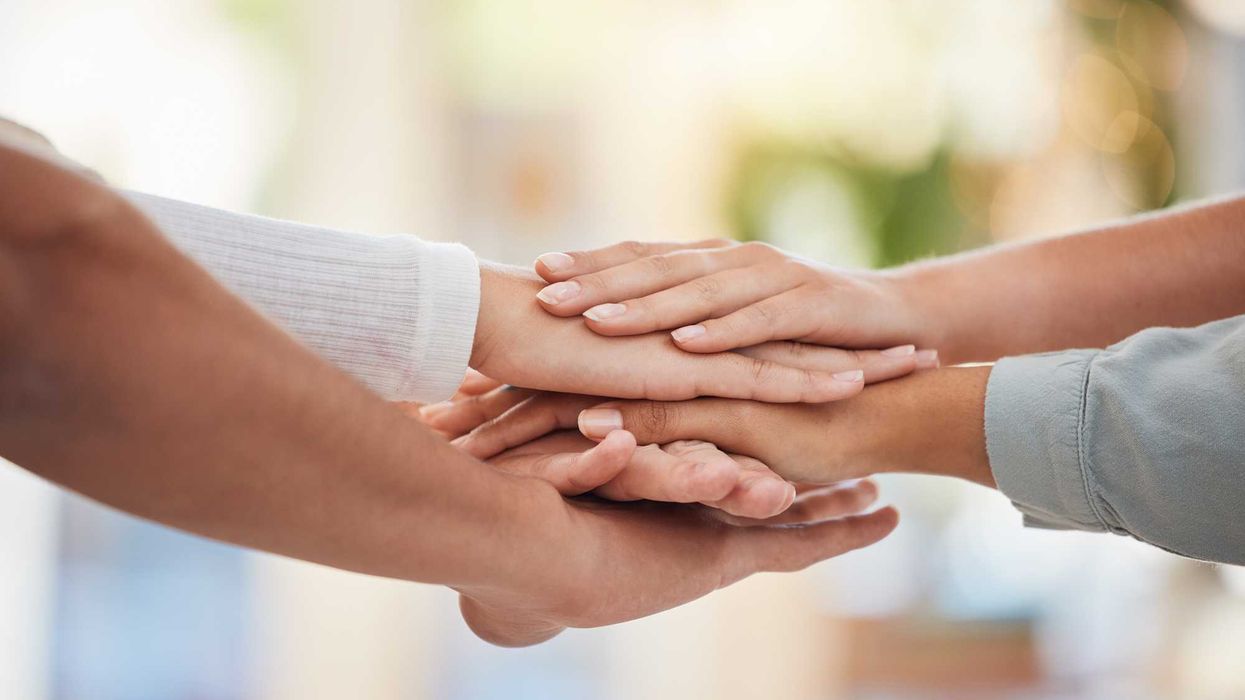Republicans in charge of the Arizona Legislature are hoping to restrict the powers of the state's independent redistricting commission before the new maps are drawn next year.
At issue is just how close to identical in population the state's legislative districts should be. A variation of as much as 10 percent had been ruled constitutional by the Supreme Court, and at the start of this decade the independent panel used that benchmark— which means about 20,000 people in Arizona — in order to create several reliably Democratic districts where Latinos and Native Americans were very likely to get elected.
GOP lawmakers are now pushing a measure that would limit the population differential to 5,000 in the coming decade, hoping that would help them secure more seats and grow their narrow majorities at the statehouse in Phoenix.
The measure won initial passage in the state Senate on Monday. If the House goes along and GOP Gov. Doug Ducey signs the bill, it would put the population restrictions before the state's electorate as a referendum this fall.
If the voters agree, it would be a significant curb in power for an independent commission the voters themselves created just a decade ago, a landmark moment in the crusade against the notion that partisan politics should be the driving factor in legislative mapmaking.
Democrats say the change would limit the abilities of tribes and minority communities to elect representatives of their choice. And they say putting such a hard rule on population deviation would make it impossible for the commission to make good on other aspects of its mandate, especially keeping as many communities of interest together as possible.
Republicans say their plan is to get the districts as close as possible to the one-person, one-vote concept that's a modern bedrock of representative democracy, and that the current deviation has resulted in the effective disenfranchisement of many conservative and suburban voters.
Arizona has 30 legislative districts, each with one senator and a pair of representatives.
"Equal representation is one of the foundation principles of our country, and this is just trying to make this clear in our constitution," Republican Sen. J.D. Mesnard said at a hearing this month, where he noted he has 221,000 constituents but a neighboring lawmaker represents just 203,000.
"People in my district have less representation because there are more of them. At what expense?" he asked. "I guess it's at the expense of equal representation for others."
Democratic Sen. Martin Quezada said that, regardless of the desire to have all voters in districts of almost identical size, Arizona's history and political geography requires racial parity to be given more consideration.
The five-member commission will draw new legislative maps to be used starting in 2022 based on results from this spring's census. (The panel will also draw a new congressional map, but the GOP proposal would not affect that work.) While the one-person, one-vote concept says districts should be nearly equal, the panel also must consider the federal Voting Rights Act, shape, geography, communities of interest and competitiveness.
The Supreme Court ruled unanimously in 2016 that Arizona's state legislative population variances were constitutional. "The Constitution ... does not demand mathematical perfection," Justice Stephen Breyer said. So long as mapmakers "make an honest and good faith effort to construct legislative districts as nearly of equal population as is practicable," he wrote, "practicable" deviations can be allowed for "legitimate considerations" like what the commission was ordered to consider.



















